AppleInsider · Kasper's Automated Slave
About
- Username
- AppleInsider
- Joined
- Visits
- 52
- Last Active
- Roles
- administrator
- Points
- 10,973
- Badges
- 1
- Posts
- 66,634
Reactions
-
Apple looking to hire machine learning engineers with an interest in generative AI
Apple has to deal with the "AI race" just like every other tech company, which means it has to hire talent to help shape what that means for the company as a whole. And, sure enough, the company's on the hunt.
Artificial Intelligence (AI)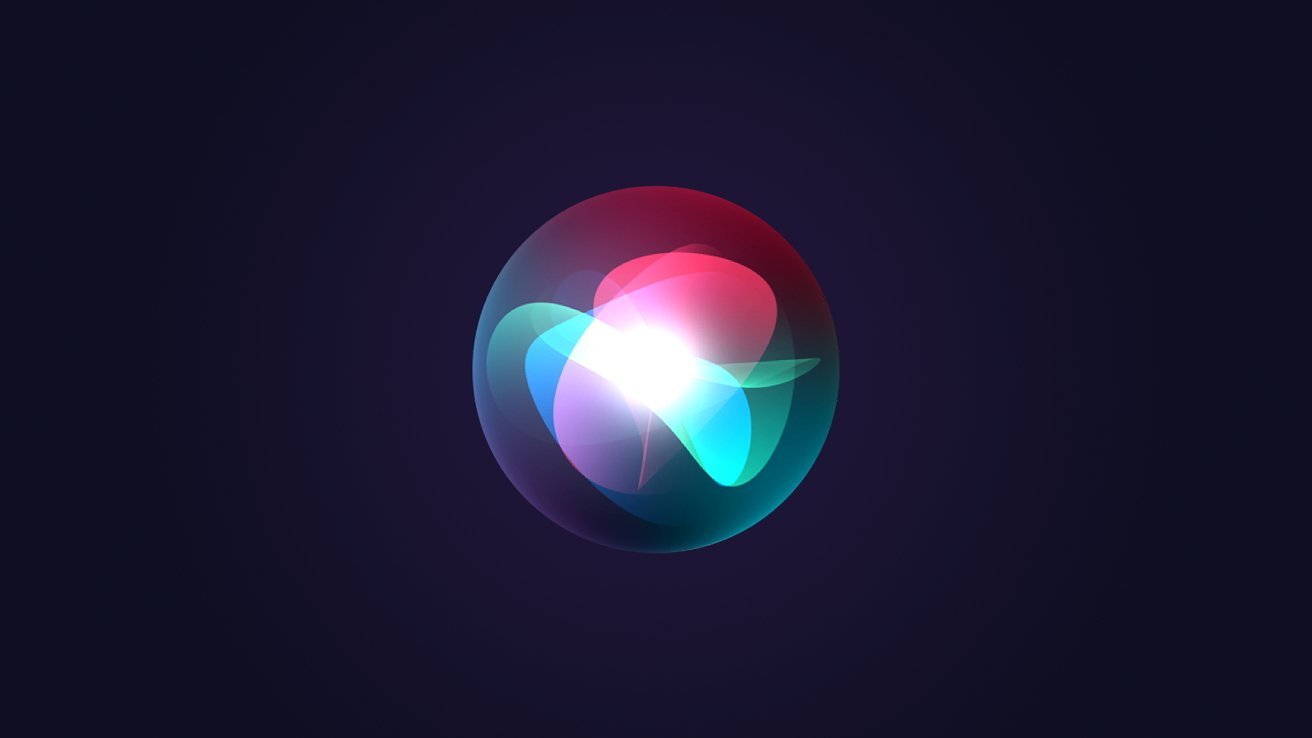
Siri may be the future of generative AI at Appleis all the rage these days, with most of the attention being directed towards Large Language Models (LLMs). Generative AI is a system that can populate text, images, and other media based on a variety of different prompts using massive data sets as a reference.
The hero product of all this is OpenAI's ChatGPT, which introduced the ChatGPT-4 model earlier this year. We've seen companies like Google and Microsoft launch their own LLMs to varying degrees of success.
Apple probably won't launch a product similar to Google's Bard, but it won't let generative AI pass by unused in some way or another. To that end, the company has posted several different job postings looking for experts in the field with backgrounds in Generative AI.
The job listing says these engineers should have a background in generative AI, or at least an interest in it:
According toTechCrunch"AI represents a huge opportunity to elevate Apple's products and experiences for billions of people globally. Apple's Technology Development Group (TDG) is looking for Machine-Learning engineers with a background and/or interest in Generative AI! You will be leveraging innovative Generative models to build fundamental applications on top of Apple's most advanced technologies, while developing your expertise in Augmented and Virtual Reality (AR/VR).", Apple first started seeking new hires for these roles dating back to April 27 of this year. The latest job postings cropped up earlier this week.
Apple's AI goals
Apple hasn't confirmed that it's going to move forward with any artificial intelligence products moving forward, but Tim Cook has said that generative AI is "very interesting". But the company is remaining cautious for now.
Recently, it was reported that Apple has banned employees from using Large Language Models in general, including Google's Bard or ChatGPT. In that same report, anonymous sources said Apple is working on a competing product, but couldn't provide any details. The company could bring the system to something like Siri in the future.
Apple still needs to focus on privacy and security, and, as it stands, these LLMs can leak data. So it's no surprise that Apple is restricting access and usage for employees, as it doesn't want proprietary data getting out into the world.
Apple invested in Machine Learning quite some time ago, so it's no surprise that it's looking for ways to expand upon it moving forward. Generative AI is certainly one route.
There have been rumors Apple might showcase something in regards to a new Large Language Model at this year's WWDC, which will start in early June.
For folks who don't work for Apple and want to try out a Large Language Model right on their phone, they can download the official ChatGPT app from the App Store.
Read on AppleInsider
-
Why Tesla can get by without CarPlay but other car makers can't
General Motors plans to ditch CarPlay and do its own new infotainment, but if the company thinks it can do what Tesla does, it's wildly mistaken.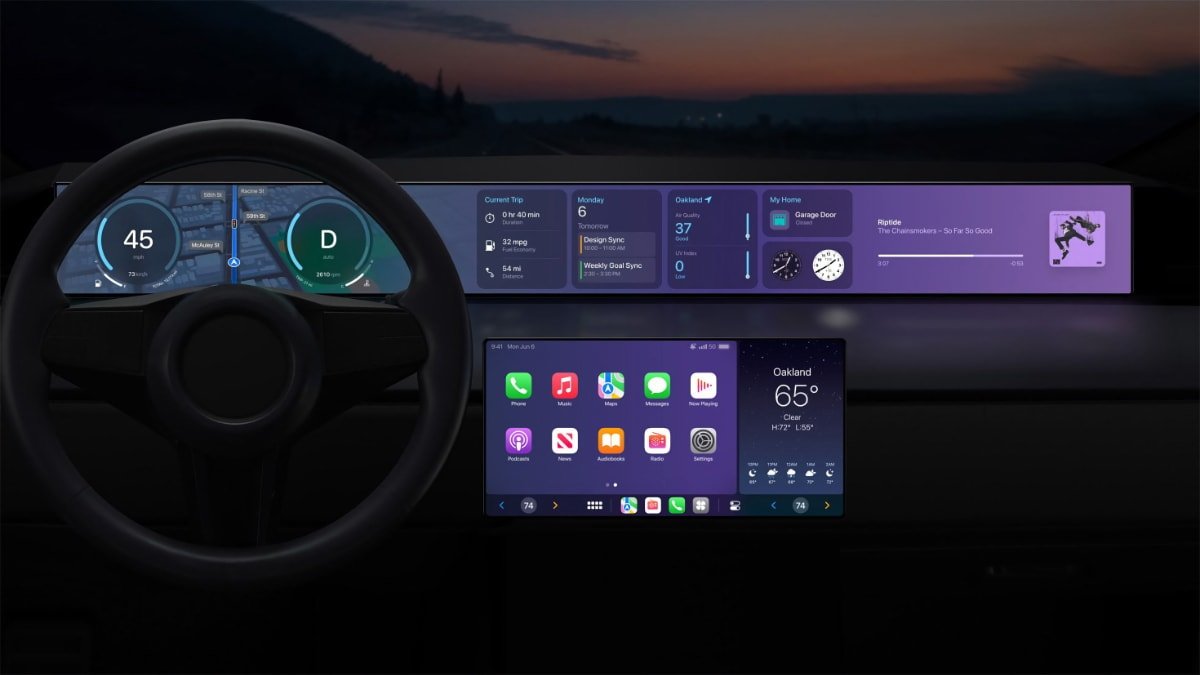
GM predicts it can use its own infotainment software to build a subscription revenue business worth $20 to $25 billion a year, by 2030. If it can get close to that, it makes sense that it would try.
Tesla has been doing its own in-car content, bucking the trend of adopting mobile phone projection systems like CarPlay or Android Auto, all the while selling millions of EVs. I'm sure it's hard for GM and other automakers to not think they can do the same thing.
The problem is that GM isn't really trying to replicate what Tesla is doing with its in-car content. It's unlikely hiring Apple's former head of iCloud, Mike Abbott, to lead its integrated software department probably will help.
The only reason Tesla can get away with not offering CarPlay is because its cars are so feature-rich, new owners don't miss CarPlay or what it offers -- at least for a long time.
In place of the familiarity of people's phones, Tesla is offering an abundance of features and other advancements at a rapid pace.
GM doesn't just need to offer a few apps or a good interface, it needs to give owners an overwhelming amount of apps and content with at least a decent visual interface.
Until it can do that, GM and others should stick to CarPlay and stop betting against the familiarity of people's personal devices and apps.Tesla's infotainment features
For those who aren't familiar with the content and features available on Tesla vehicles, these lists should provide a glimpse of what GM is up against.Streaming music services
- Spotify
- Apple Music
- Tidal
- TuneIn
- Streaming radio
- HD Radio
As for what games you can actually play, they range fom classics such as Chess, Backgammon, Solitaire, and Soduku to more involving options. These include Beach Buggy Racing 2, Stardrew Valley, and Cup Head.Streaming video services
- YouTube
- Hulu
- Netflix
- Disney+
- Twitch
- TikTok
Additional features
Along with other driving-focused features and your expected infotainment fare, Tesla also adds a lot more functionality to its version, beyond what you would normally anticipate. This includes:- Web browser
- Sentry remote live video view
- Boombox - play sound externally through the Pedestrian Warning System (PWS) speaker
- Sketchpad - drawing app
- Light show - flashing headlights to music
- Trax - recording studio and beatmaker
- Simulated romantic fireplace
- And more
It also doesn't account for being able to make fart noises inside and outside of the car. That's supposed to be a feature and not a bug, by the way.
All these software features are also in addition to new electric vehicle owners getting familiar with charging a car, using the Supercharger network, and the driving differences of an EV.
Tesla cars offer much more content options than any legacy automaker even comes close to. Even Rivian doesn't currently offer native access to video services, games, Apple Music, or general streaming radio. Of course, Apple Music did take a while to come to Tesla cars.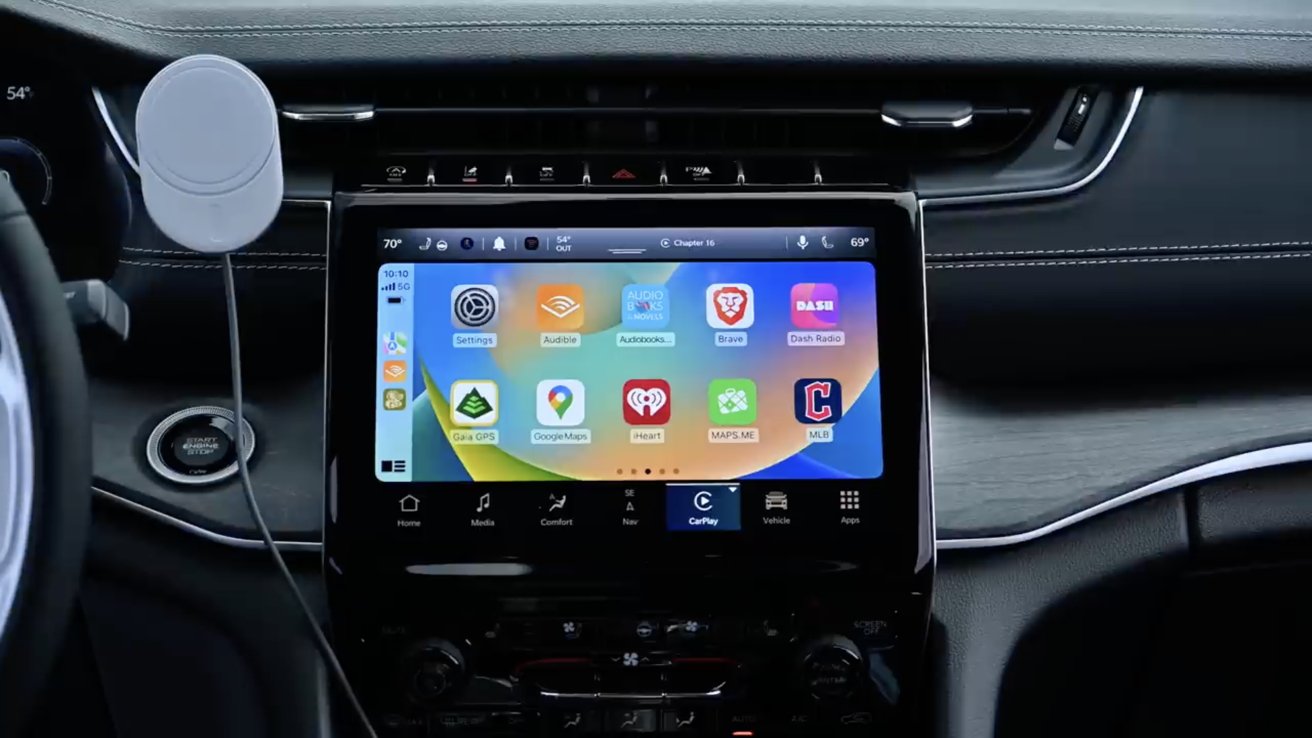
While Tesla might not use CarPlay, it hasn't snubbed the iPhone. Its mobile app is excellent and even goes above and beyond to support Home Screen and Lock Screen widgets.The future of infotainment
To be clear, none of this is in defense of Tesla or any other car manufacturer. I wish CarPlay was a factory option on Tesla vehicles -- and all cars.
But since Tesla doesn't offer the capability, it at least makes an effort to offer a lot of content options.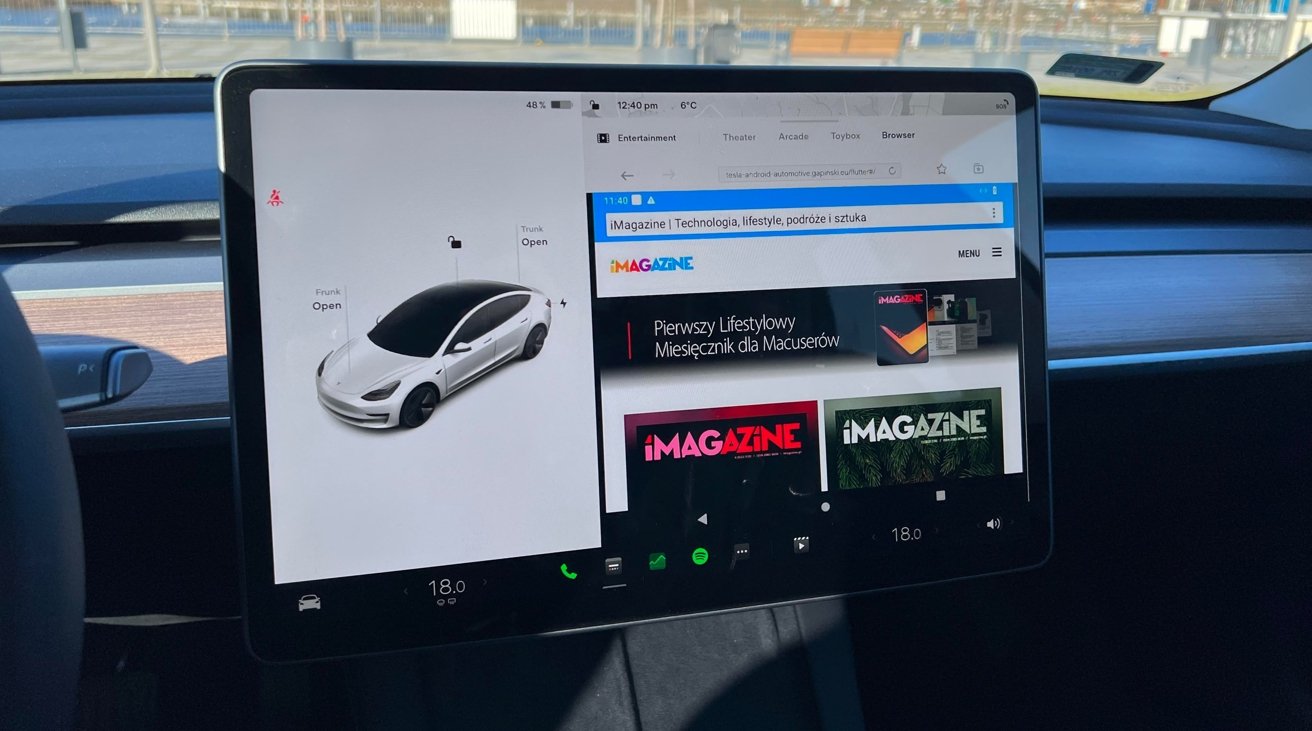
Tesla charges $99 a year for its premium connectivity, but it doesn't limit people from using navigation or games. The video services can still be used on Wi-Fi as long as you log in to ones that need a subscription.
My prediction is that GM's infotainment initiative will run for several years before it gets scrapped or significantly altered. And, I'm not alone is this guess.
Eventually, I do think GM will at least unceremoniously add-in support for Apple's CarPlay, because Android Automotive, the underlying real-time OS GM is using, already supports it.
Either that or GM feels the pressure from Ford and other car companies and adds CarPlay support even sooner.
As Warren Buffett continues to point out, people love their iPhones and it would be silly to bet against Apple.
Read on AppleInsider
-
Internal fighting and privacy concerns hinder Apple's ability to modernize Siri
A new report highlights Apple's ongoing struggles to modernize its smart assistant, Siri, at a time when artificial intelligence chatbots are poised to reign supreme.
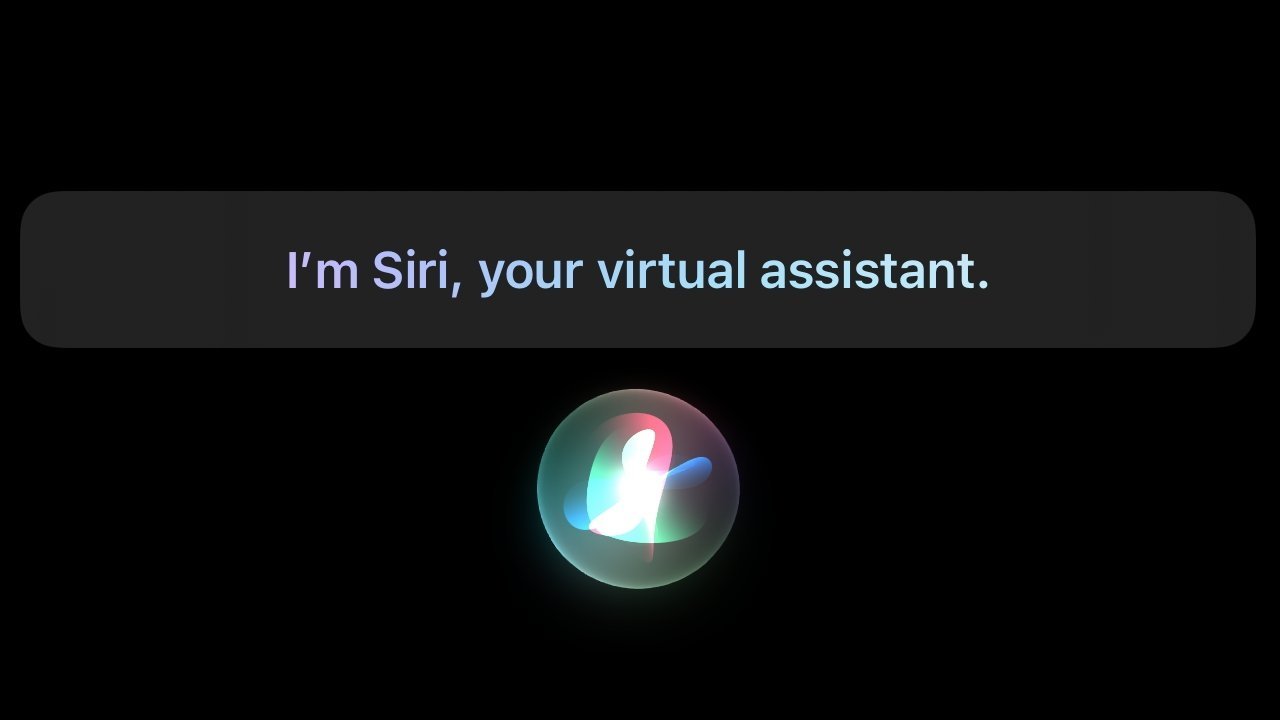
It's been suggested that Apple has decided to step up its game and focus on natural-language search processing, but the shift may be causing trouble behind the scenes.
A new report from The Information on Thursday morning takes a deep dive into Apple's forays into artificial intelligence -- specifically regarding Siri.
It suggests that a series of unfortunate events and departures has led to a lack of confidence among employees.
In late 2022, three of Apple's engineers responsible for AI implementation departed to work for Google. They believed that Google was a better environment for working on large-language models, or LLMs, which allow smart chatbots to provide users with humanlike responses to questions. The departure was a blow to Apple's artificial intelligence teams, already crippled by existing issues.
Over three dozen former Apple employees cited organizational dysfunction and a lack of drive as hindrances to the company's AI and machine-learning efforts. This was especially true when working on Siri, Apple's highest-profile AI technology.
While Apple's relatively small gains in artificial intelligence haven't hurt the company, the tech giant likely knows it can't entirely ignore the shift to LLMs.
However, employing nascent technology can be a risk. ChatGPT is notorious for producing answers riddled with inaccuracies, if not outright false. Apple, more so than its competitors would likely want to maintain its brand image.
Thursday's report also points out that Apple may be reticent to implement LLMs because they would necessarily require queries to be processed in the cloud. Apple has spent years moving many of Siri's functions on-device, which helps maintain users' privacy when using the voice assistant.
Apple's senior vice president of Machine Learning and AI Strategy, John Giannandrea, joined Apple in 2018. At that time, the company had limited protocols in place for collecting data on how users interfaced with Siri. This was partially because of privacy concerns and because the company had decided that the metrics weren't worth the investment.
While Giannandrea attempted to expand the research, ultimately, executives paused the project when the media reported that third-party contractors listened to Siri recordings without users consent.
Instead, the company focused on curating responses that helped maintain its brand image. According to former Apple employees, most of Siri's "canned" responses are written or reviewed by -- humans. This helps to reduce potentially embarrassing, if not outright worrisome responses.
What direction Apple takes with Siri remains to be seen. Some reports claim that the company is already researching ways to safely implement improved intelligent capabilities for user queries. Still, much like its foray into virtual reality, it's likely that Apple won't put out any intelligent search features until its ready.
Read on AppleInsider
-
Mobile Passport Control 1.6 review: Your international trip just got easier
The Mobile Passport Control app can help eligible American and Canadian travelers expedite their entry into the United States, by speeding up your time at customs.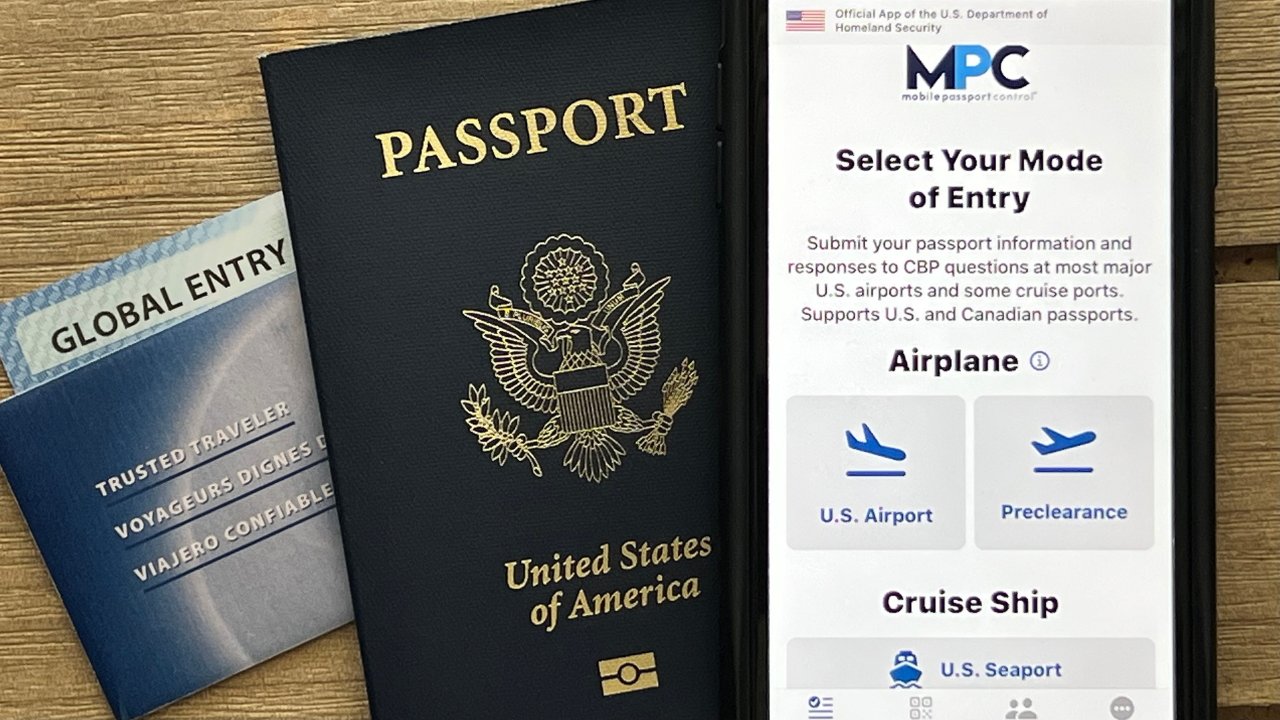
Review: Mobile Passport Control 1.6
The relaxation you enjoyed on your overseas vacation can quickly dissipate when you are in long, dismal lines at customs. Many American travelers pay for TSA PreCheck, Nexus, or Global Entry to get through customs faster.
These programs can make things easier for you, but they may not be worth it if you do not travel that often. With the rising costs of flights and cruises, paying up to $100 for something you rarely use may be the last thing on your mind.
US Customs and Border Protection (CBP) has a free program called Mobile Passport Control (MPC), and you can take advantage of it using their app. US Customs and Border Protection's Mobile Passport Control app is a mouthful to say, so many savvy travelers refer to it as CBP's MPC app.
However, CBP's MPC app will not help all visitors coming to the United States. On top of that, it will not work at all ports of entry.
Despite its constraints, if you are an eligible American or Canadian traveler, this could save you precious time on your next international trip.Mobile Passport Control app -- ease of use
Not everyone knows about the Mobile Passport Control app. Some travelers may even mistake it for the Airside Mobile Passport app.
CBP used to accept the use of the Airside Mobile Passport app for travelers to submit their passport and customs declaration information for entry into the United States.
However, on January 19, 2022, CBP announced that beginning February 1, 2022, it would only accept CBP's Mobile Passport Control app for entry into the United States.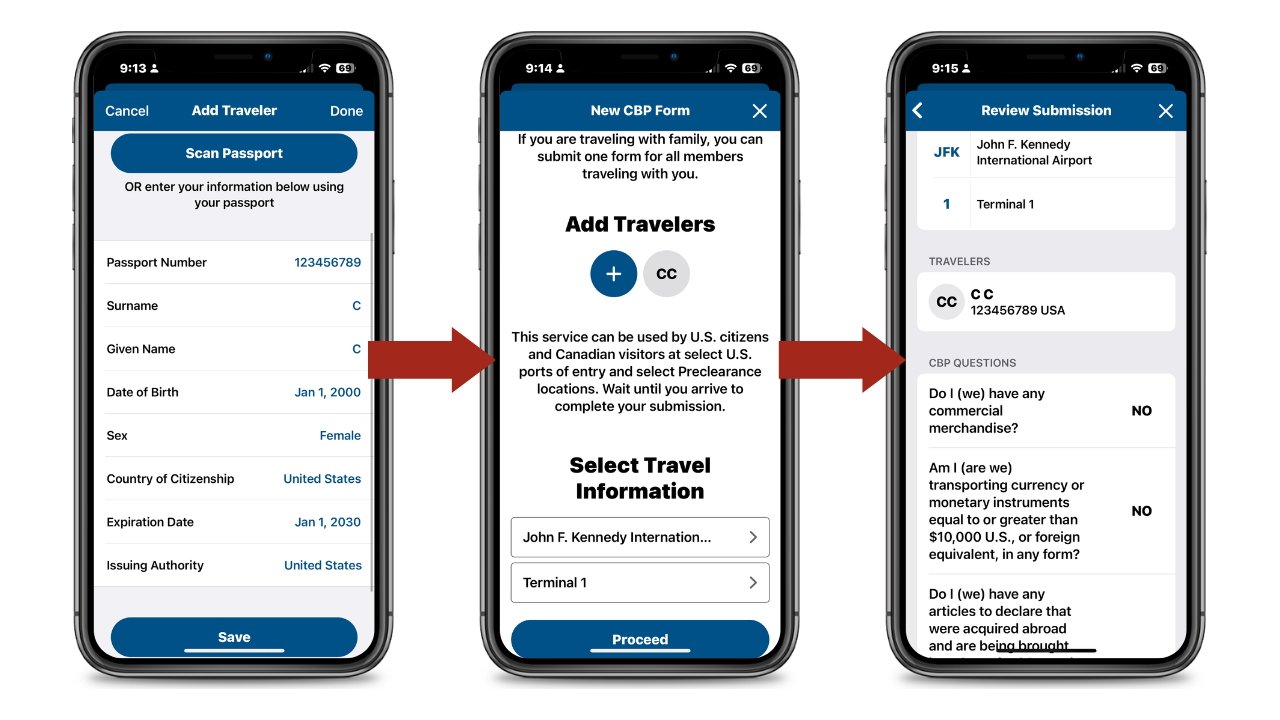
Entering information in the CBP's MPC app for entry into the United States
The MPC app has gotten over 48,000 reviews with a 4.9 out of 5 rating on the iOS App Store. Many travelers love how the app has expedited their customs processing without paying any money for a program or app.
This free app virtually replaces the traditional paper-based passport review process. It can streamline your entry into the United States by reducing passport control inspection time and overall wait time.
It is easy to use the MPC app. When you open the app, select your mode of entry by airplane or cruise ship. Then, enter your passport information and answer all questions as you would on a standard paper version of the CBP Declaration Form.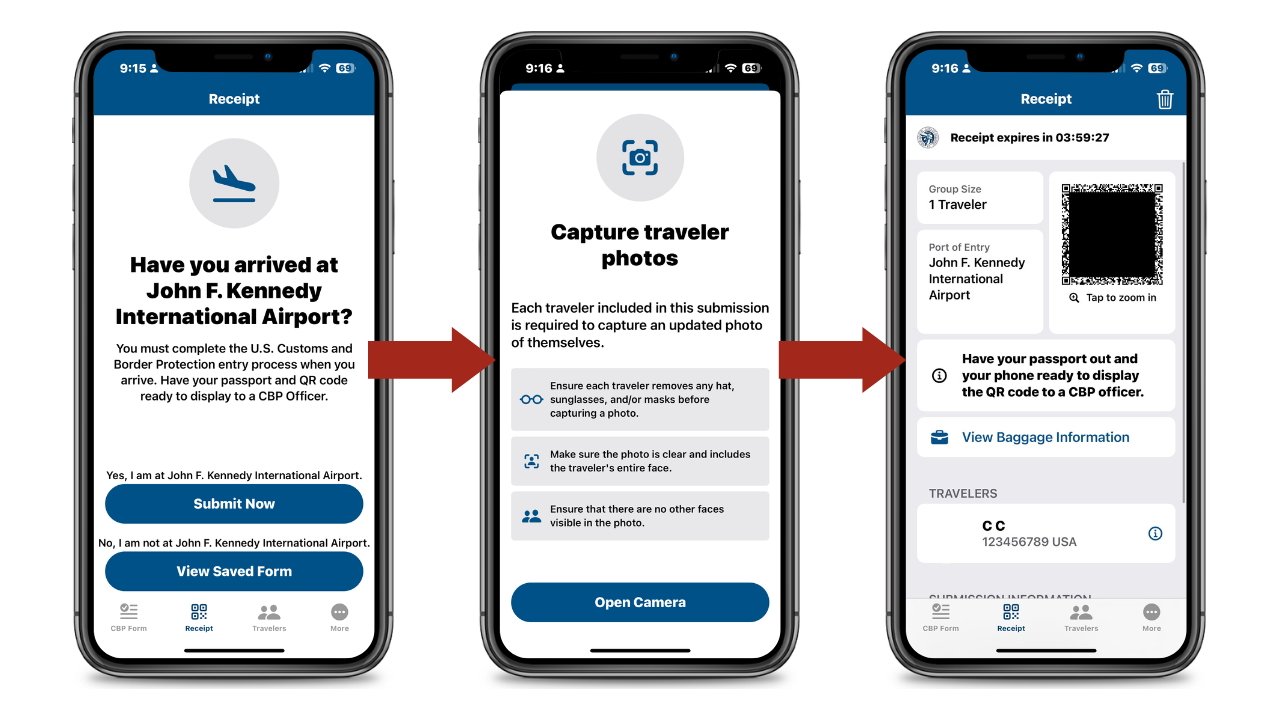
Upon arrival, submit your form, take a photo of yourself, and present the QR code to the CBP officer
If traveling with your family, you can submit one form for up to 12 family members. When you arrive at the airport or seaport, tap on Submit Now, take a selfie photo, and you will get a QR code.
As you enter the customs area, proceed to the MPC-designated line and present your QR code and passport to the CBP Officer. This MPC-designated line should be shorter than the other lines, so you can get home faster than the others still stuck in line.Mobile Passport Control app -- limitations
Although getting through customs quicker is appealing, MPC will not work for everyone, as it is only available to American and Canadian travelers. Also, you can only use MPC at selected ports of entry, so double-check if your airport or seaport is on the list.
Currently, MPC is available at 32 US international airports, eight Canadian pre-clearance locations, and four seaports of entry. CBP releases updates of new locations on their official website, so be sure to confirm on CBP's website before you travel.
MPC does not have the same perks as other programs, such as not having to take off your shoes, but it can still be a practical tool for your next getaway. The next time you enter the United States after an exhausting long-haul flight, you may get through customs faster with CBP's MPC app.Mobile Passport Control app -- pros
- Can save travel time
- Free to use
- User-friendly interface
Mobile Passport Control app -- cons
- Not available at all ports of entry
Rating: 4 out of 5
Where to download
Download the Mobile Passport Control app for free on the App Store.
Read on AppleInsider
-
Warren Buffett has sold nearly all of his TSMC stock, citing geopolitical tensions
Berkshire Hathaway CEO Warren Buffett sold all but a handful of his stake in Taiwanese iPhone chipmaker TSMC, mere months after buying it.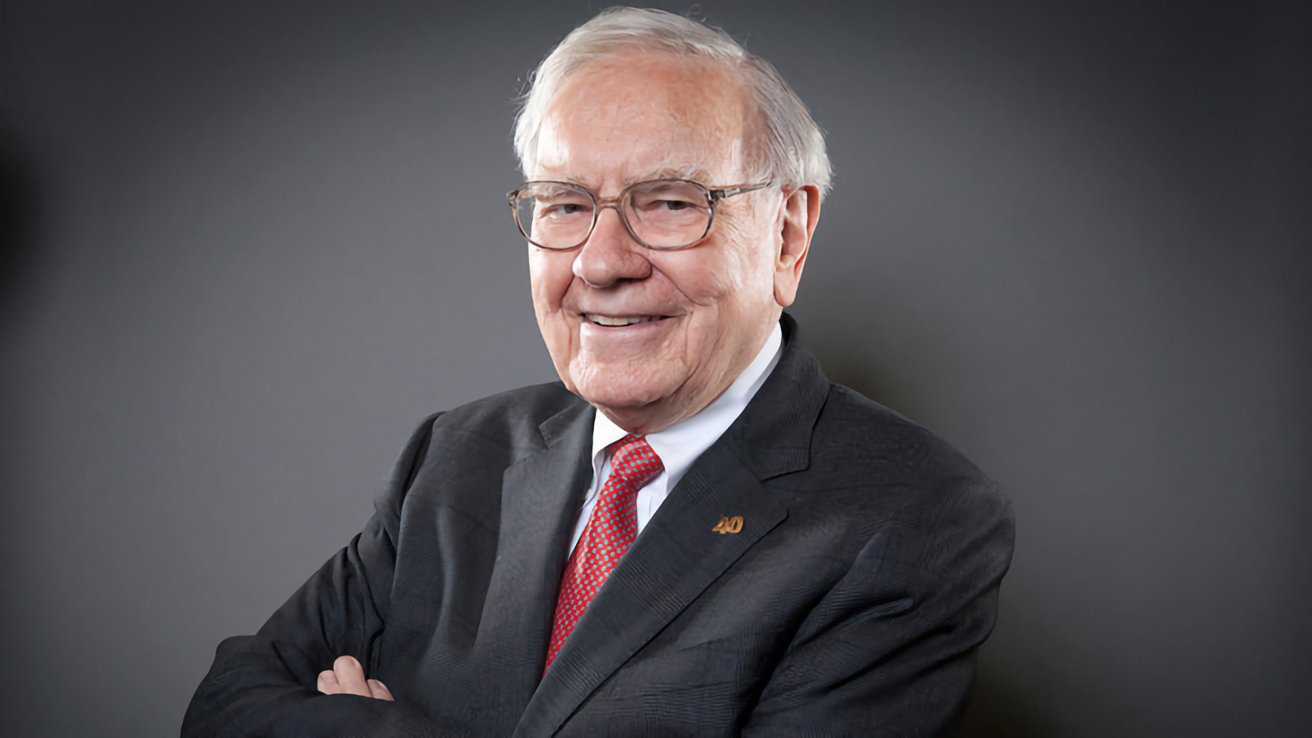
Warren Buffett. Image credit: Berkshire Hathaway
Buffett invested greatly in TSMC during 2022, to an amount later reported to be in excess of $4.1 billion. However, Berkshire Hathaway then sold about 85% of its shares in February 2023.
According to Nikkei Asia, Buffett is now in Japan, meeting with five local trading houses. In an interview with the publication, he said he was "very proud" of Berkshire Hathaway's investments in Japanese companies.
Buffett also said that TSMC is a well-managed company, but reportedly explained that Berkshire Hathaway has better places to deploy its capital. International trade tensions were also "a consideration" in the decision to sell.
Buying and selling shares in only a few months is unusual for the company. Normally Buffett and Berkshire Hathaway appear to invest for the long term, which includes owning a considerable sum of Apple shares.
Separately, TSMC was reported in December 2022 to have tripled its investment in a new chip factory in Arizona. More recently, the firm has criticized American workers, and also suggested that its plans for further US expansion may be halted over tax issues.
Read on AppleInsider
